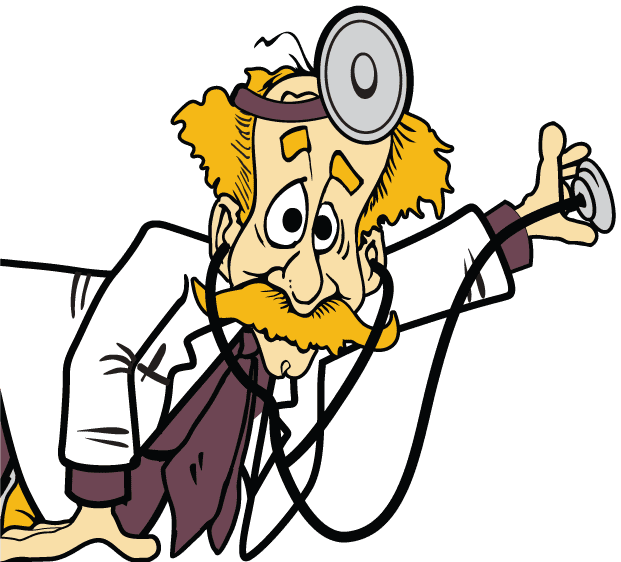How to Prevent and Remove Crawl Space Mold
When was the last time you considered the health of your crawl space? The area beneath your home is its own ecosystem and there are a lot of factors that need your attention. The levels of humidity, temperature, and air flow can have drastic effects on the quality of life enjoyed within your home.
We generally place a lot of our focus on keeping moisture out of the crawl space. And while this is a very important consideration, it is not the only threat to the quality of your crawl space. Keep in mind that the quality of your crawl space directly affects the quality of your home. This can show itself both in the quality of air we breathe on a daily basis as well as the structural stability of the home itself.
So how do we avoid falling victim to the various forms of mold?
What Is Mold?
Mold is a fungus. There are a wide variety of types of mold. Some common types found in crawl spaces include:
- Stachybotrys (black mold)
- Penicillium
- Aspergillus
- Cladosporium
- Wood rot fungus (not technically mold but similar)
White mold is one of the most common types you will find in your crawl space. A lot of attention is given to black mold, and for good reason. It can cause a long list of health problems and is difficult to remove. But white mold can be a serious threat to you and your home as well.
Mold is a living organism. It eats. It has an ideal climate. And it will grow if it is given the proper conditions. It lives in areas that other organisms might not enjoy because it doesn’t need much to survive. This is why it is frequently found on objects that don’t normally support life — like dirt and wood. It can be difficult to find but that doesn’t mean it’s effect on surrounding areas is small.
Visit Crawlspace Doctor to learn more about crawl space mold removal services!
Negative Effects of Mold
Mold spores are very small. They can be released from the centralized location of mold and be pulled into the home’s air conditioning, slip through cracks, or otherwise invade the living area. Mold can be an issue even if you might not venture down into your crawl space too often.
There are a variety of health issues that can be caused by inhaling mold spores. Symptoms similar to allergies are on the mild end of the spectrum. But the physical ramifications can be much more severe than that. Those with compromised immune systems are prone to infections. And those with asthma can see an increase in symptoms when in continuous contact with mold.
And while mold itself is not responsible for wood rot, a similar fungus can form that will have negative effects on the structure of your home. Wood rot fungus often accompanies crawl space mold because they need similar conditions in order to grow. The joists beneath the house can become infested with wood rot fungus and lead to expensive repairs down the road.
How To Prevent Crawl Space Mold
Preventing mold is as easy as recognizing the conditions it needs to grow, and then depriving the area of those conditions. But while that may be easy to spell out, it can be more difficult to actually do.
Mold, much like most other things in the world, needs oxygen. Combine that with temperatures above 40 degrees Fahrenheit and a relative humidity of 60% or higher and you have the perfect conditions for mold growth.
Crawl space encapsulation is a great way to control the atmosphere in your crawl space. Installing a dehumidifier will keep you humidity levels far below that which is needed to spur mold growth.
But if you don’t want to go the full encapsulation route, the introduction of plastic sheeting to your crawl space can help keep general humidity levels down. You should do all you can to keep moisture from entering your crawl space. This will also help to reduce moisture levels in the air.
How Do I Get Rid Of Mold In My Crawl Space?
- Ensure your Crawl Space in properly ventilated
- Make sure your Gutters and Downspouts direct water away from the foundation of your home
- Insulate or Encapsulate your Crawl Space
- Inspect Crawl Space Insulation
Some types of mold are more difficult to remove than others, but they will all require the help of professionals. Crawlspace Doctor can help address your crawl space mold problems in Tennessee, Georgia, Alabama, North Carolina, and Indiana. There are various sprays and scrubs that can be used to kill and remove the mold from underneath your home.
However, removing the mold won’t do much if you don’t alter the environment so it doesn’t return. Consult a professional for crawl space mold removal as well as finding a solution to your crawl space problems.
